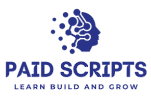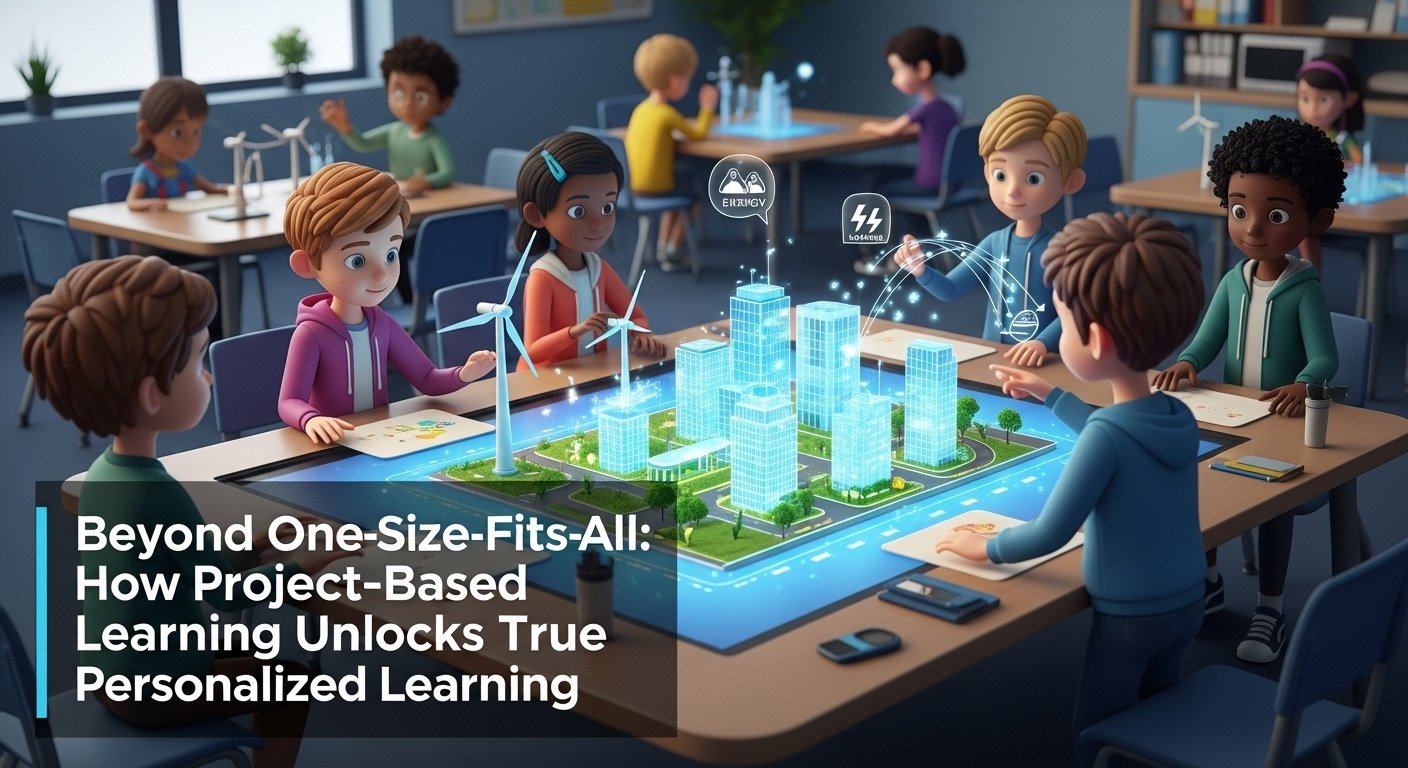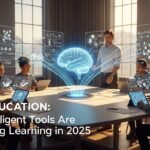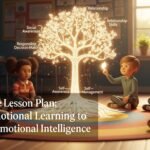Beyond One-Size-Fits-All: How Project-Based Learning Unlocks True Personalized Learning
I have a confession to make. For the first few years of my teaching career, I was a fantastic… performer. I had my scripts (lesson plans), my stage (the classroom), and I’d deliver my lines with passion. I’d stand at the whiteboard, explaining a concept, and then my cast of students would (hopefully) recite it back to me on a test. It felt efficient. It felt controlled.
But then I’d look out and see the same pattern, every single day. A handful of students were right there with me, nodding along. Several were lost, their eyes glazed over with confusion. And a few in the back were quietly, brilliantly bored, doodling intricate masterpieces in their notebooks, having grasped the concept in the first five minutes.
I was teaching a class, but I wasn’t teaching students. I was delivering a monologue, not facilitating a dialogue. The breakthrough, the tectonic shift in my practice, came when I stopped being the sage on the stage and became the guide on the side through Project-Based Learning (PBL). More importantly, I discovered that high-quality PBL isn’t just a fun activity; it is the most powerful engine for genuine, meaningful personalized learning in the modern classroom.
This approach moves beyond the simplistic idea of personalized learning as just algorithms on a screen serving up different math problems. Instead, it creates a dynamic environment where each child’s unique strengths, interests, and learning pathways are not just acknowledged but are essential to the project’s very success.
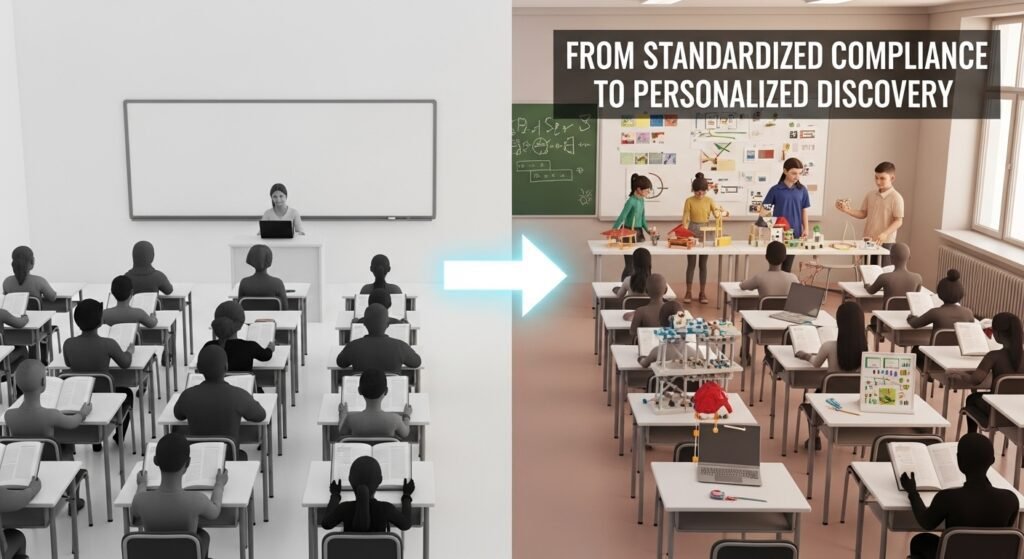
The Flaw in the Factory Model: Why Traditional Classrooms Struggle with Personalization
For over a century, the traditional educational model has operated like a factory. Students are grouped by birth year, move through a standardized curriculum at a fixed pace, and are assessed uniformly. This system, designed for efficiency and scale, inherently struggles with the concept of personalized learning.
- The Pace Problem: The lesson pace is almost always aimed at the mythical “average” student, leaving both struggling learners and advanced ones disengaged.
- The Passion Problem: The curriculum is mandated, rarely leaving room for students to explore their own burning questions or connect learning to their personal interests.
- The Pathway Problem: Everyone is expected to learn the same material, in the same way, and demonstrate their understanding on the same multiple-choice test.
True personalized learning isn’t about letting students do whatever they want. It’s about creating a responsive environment where:
- Pace is adjusted based on a learner’s needs.
- Path is flexible, allowing for different ways to learn and demonstrate understanding.
- Passion is leveraged to fuel motivation and deepen learning.
This is precisely where Project-Based Learning shines.
AI SAT Prep Guide: Success Strategies 2025
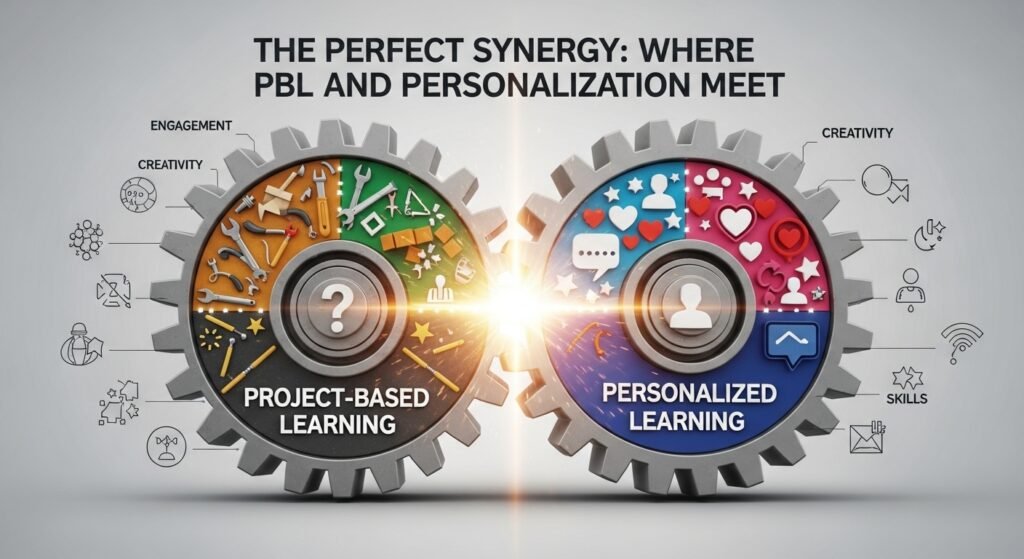
Project-Based Learning: The Ultimate Personalization Vehicle
So, what exactly is Project-Based Learning? It’s not just doing a project at the end of a unit. According to the Buck Institute for Education (now PBLWorks), a leading authority, Gold Standard PBL has seven essential elements: a challenging problem or question, sustained inquiry, authenticity, student voice and choice, reflection, critique and revision, and a public product.
Think of it like this: instead of learning about ecosystems by reading a chapter and answering questions, a PBL unit would start with a driving question: “How can we, as environmental scientists, design a native plant garden to support our local pollinator population and present our plans to the city council?”
This one question instantly creates a framework for deep, differentiated, and personalized learning.
The Symbiosis of PBL and Personalized Learning
PBL and personalized learning are a perfect match. The project provides the authentic, real-world context and structure, while within that structure, every student can navigate their own learning journey.
AI SAT Prep Guide: Success Strategies 2025
| Traditional Personalization (Often Tech-Centric) | PBL-Driven Personalization (Human-Centric) |
|---|---|
| An algorithm adjusts the difficulty of math problems. | A student struggling with math calculates the area of the garden plot, while another explores the geometry of bee habitats. |
| Students read articles at their Lexile level. | A student conducts research by interviewing a local beekeeper, while another analyzes scientific journals. |
| The end goal is a standardized test score. | The end goal is a public product—a garden design, a presentation, a model—that showcases unique skills and learning. |
The Multifaceted Benefits: How PBL Personalizes for Every Child
The benefits of this synergy extend far beyond just “making learning fun.” They touch on cognitive, social, and emotional development.
1. It Honors Natural Variability in Pace
In a PBL classroom, there is no single stopping point for everyone. The project timeline has benchmarks, but within that, students work at a pace that suits their process. A student who needs more time to understand soil composition can conduct sustained inquiry without holding up the entire class. Conversely, a student who quickly grasps the core concept can dive deeper into a related tangent, like the specific decline of the local monarch butterfly population. The project accommodates all paces simultaneously.
Best Remote Internship Programs in 2025
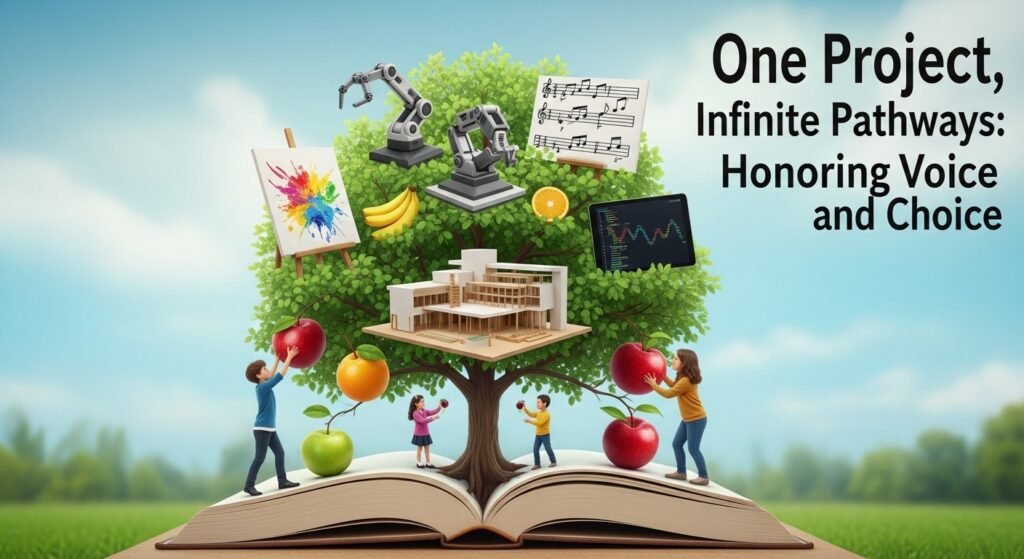
2. It Unlocks Student Voice and Choice (The Heart of Passion)
This is the core of personalization. Within the framework of the driving question, students can leverage their interests and strengths.
- The artistic student can design the blueprints and create educational signage for the garden.
- The budding writer can draft the persuasive letter to the city council.
- The hands-on builder can lead the construction of a model.
- The tech-savvy student can create a digital tour of the proposed garden.
Suddenly, learning isn’t a passive intake of information; it’s an active, creative process where their unique talents are not only welcomed but are critical to the group’s success. This is personalized learning at its most powerful.
3. It Fosters Authentic Skill Development
The 21st-century workplace doesn’t reward memorization; it rewards problem-solving, collaboration, creativity, and communication. A PBL environment is a microcosm of this world. Students aren’t just learning about science and writing; they are being scientists and writers. They naturally develop a growth mindset as they prototype, receive feedback, and revise their work—a process that is inherently personalized to their specific product and challenges.
Best Remote Internship Programs in 2025
4. It Builds Intrinsic Motivation and Ownership
When work is meaningful and personally relevant, the need for external rewards like grades and stickers diminishes. The motivation comes from within—from the desire to solve a real problem, create something beautiful, or help their community. I’ve seen chronically disengaged students become passionate leaders when a project tapped into a latent interest they never got to showcase in a traditional setting.
Making It Work: A Practical Blueprint for Teachers and Parents
Implementing PBL doesn’t mean throwing out your curriculum. It means framing it differently.
1. Start with a Strong Driving Question: The question must be open-ended, complex, and connected to the real world. It should be a question that Google can’t easily answer.
2. Plan for Differentiation from the Start: As you design the project, intentionally build in multiple “entry points” and pathways. Ask yourself:
- How can students demonstrate learning in different ways (write, speak, build, code, draw)?
- What resources are available at different reading and complexity levels?
- How will groups be structured to leverage complementary skills?
3. Embrace the Role of Facilitator: Your job shifts from information-dispenser to question-asker, resource-provider, and process-guide. You circulate, confer with individuals and teams, and provide just-in-time instruction.
4. Integrate Reflection Metacognition is key to personalized learning. Build in frequent moments for students to reflect: What am I learning? What’s working? What am I struggling with? What do I need to learn next? This turns them into active managers of their own learning journey.
Best Remote Internship Programs in 2025
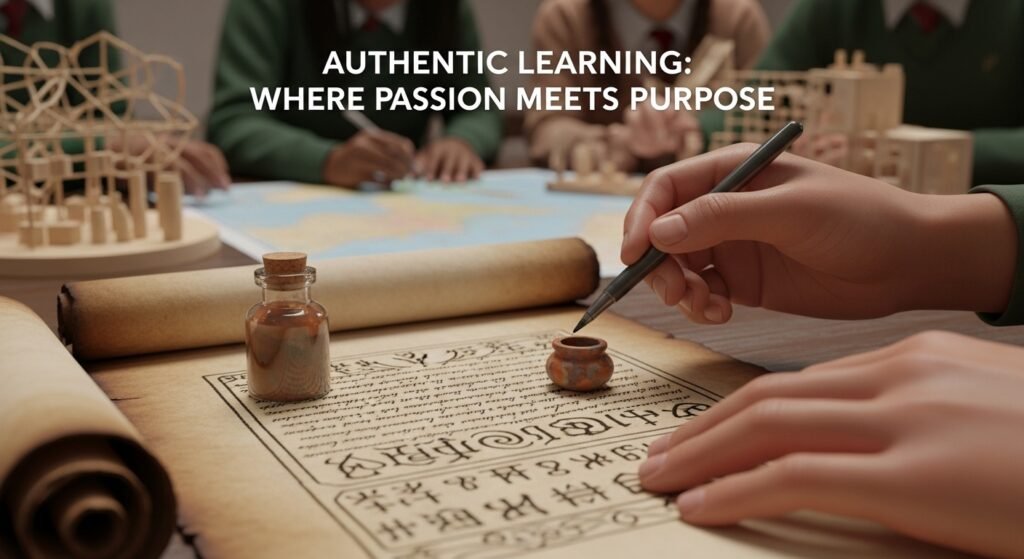
The Proof is in the Product: A Personal Anecdote
I once had a student, Liam, who was labeled a “reluctant reader and writer.” During a PBL unit on ancient civilizations, his group was tasked with solving a historical mystery. Liam’s job was to create the primary evidence—aged scrolls with “ancient” writings. To do this authentically, he chose to research ancient inks and paper-making. He chose to practice calligraphy to make the scrolls look real. In the process, he was reading complex historical texts (to get the language right), researching chemistry (for the ink), and practicing fine motor skills (for the writing)—all driven by his own need to create an authentic product for his team. His engagement and depth of learning were profound, all because the pathway was personalized to his strength as a creator.
Conclusion: From Standardization to Personalization
Project-Based Learning doesn’t just allow for personalized learning; it demands it. It creates a rich ecosystem where each student can find their own niche, work at their own rhythm, and contribute with their own unique talents. It prepares them not for a standardized test, but for a world that values problem-solvers, innovators, and collaborators.
It’s about finally moving beyond the one-size-fits-all model and building classrooms where every child, from the struggling learner to the brilliant doodler in the back, is seen, challenged, and empowered to learn in a way that is truly, deeply personal.
Have you experimented with Project-Based Learning? What was your biggest success or challenge in making learning personal for your students or children? Share your story in the comments below—let’s learn from each other! Best Remote Internship Programs in 2025
